Before writing this post I realized I only have 13 days left to travel and enjoy myself before going back to school in the U.S. I’m not looking forward to the reflections post– it’s going to be enormous, and there’s so much that’s happened in the past six months it’s impossible to sum it all up into one coherent story. But of course when I get home, I expect the usual, “What was your favorite thing?” “How was the trip?”
Apart from that…
A few years ago I think in one of my very very first posts on my first solo trip (which was to Philadelphia for the UPenn undergraduate conference for research on cognitive science, or something) I met Rachel, an academic from Wisconsin and soon-to-be English teacher in Japan.
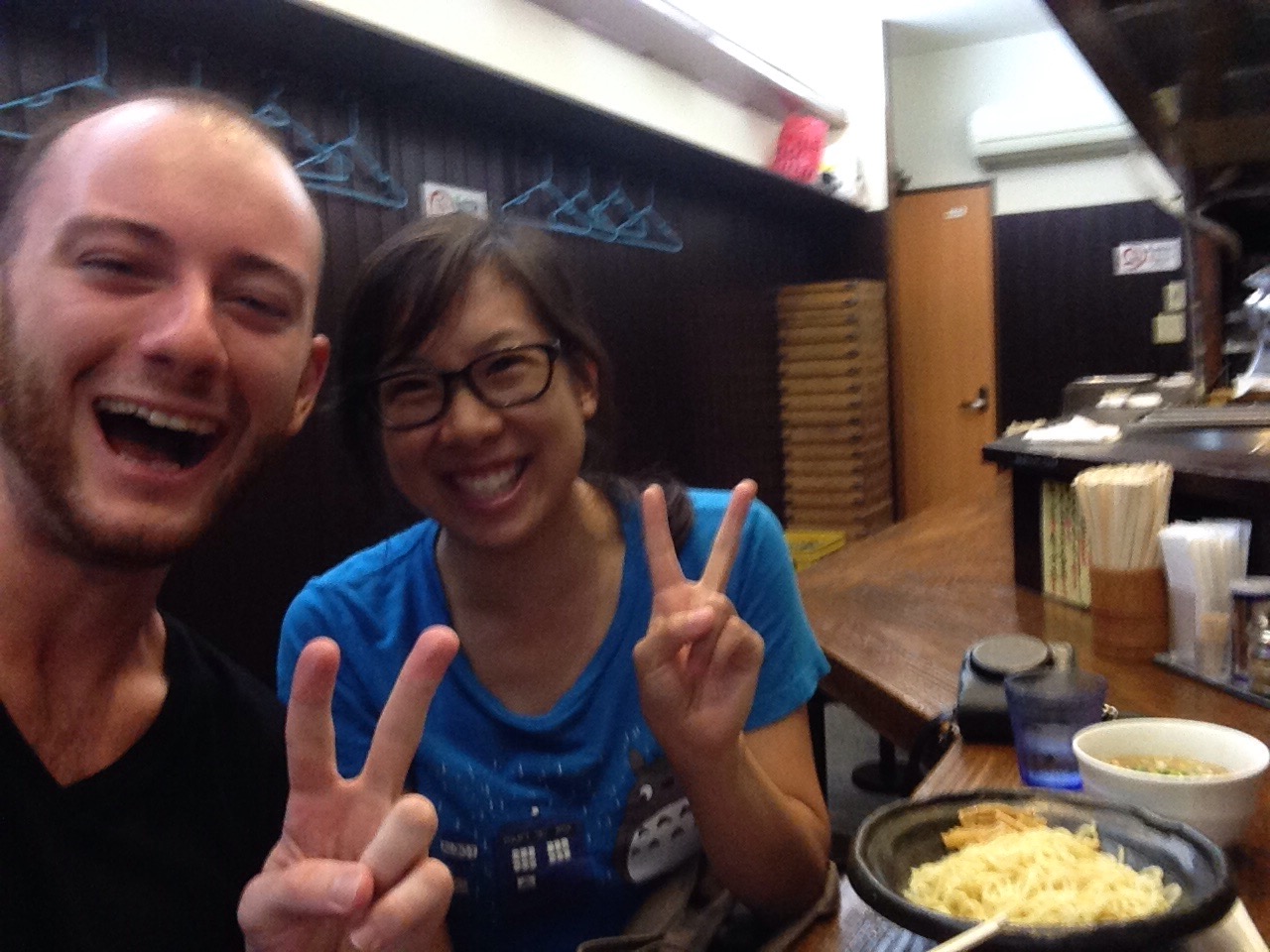
Fast forward three years, and she’s been teaching in Chiba, just twenty minutes from where I’m staying. Pretty cool, huh?
We met up for dinner one evening and hung out at the arcade, where she showed me the wonders of ‘purikura,’ a photo booth that makes your eyes look big and your skin pearlescent, and then you enter another booth to decorate the photos and it prints out a strip of them for you. Figuring it out for me was impossible, but Rachel was a pro. And it was hilarious.
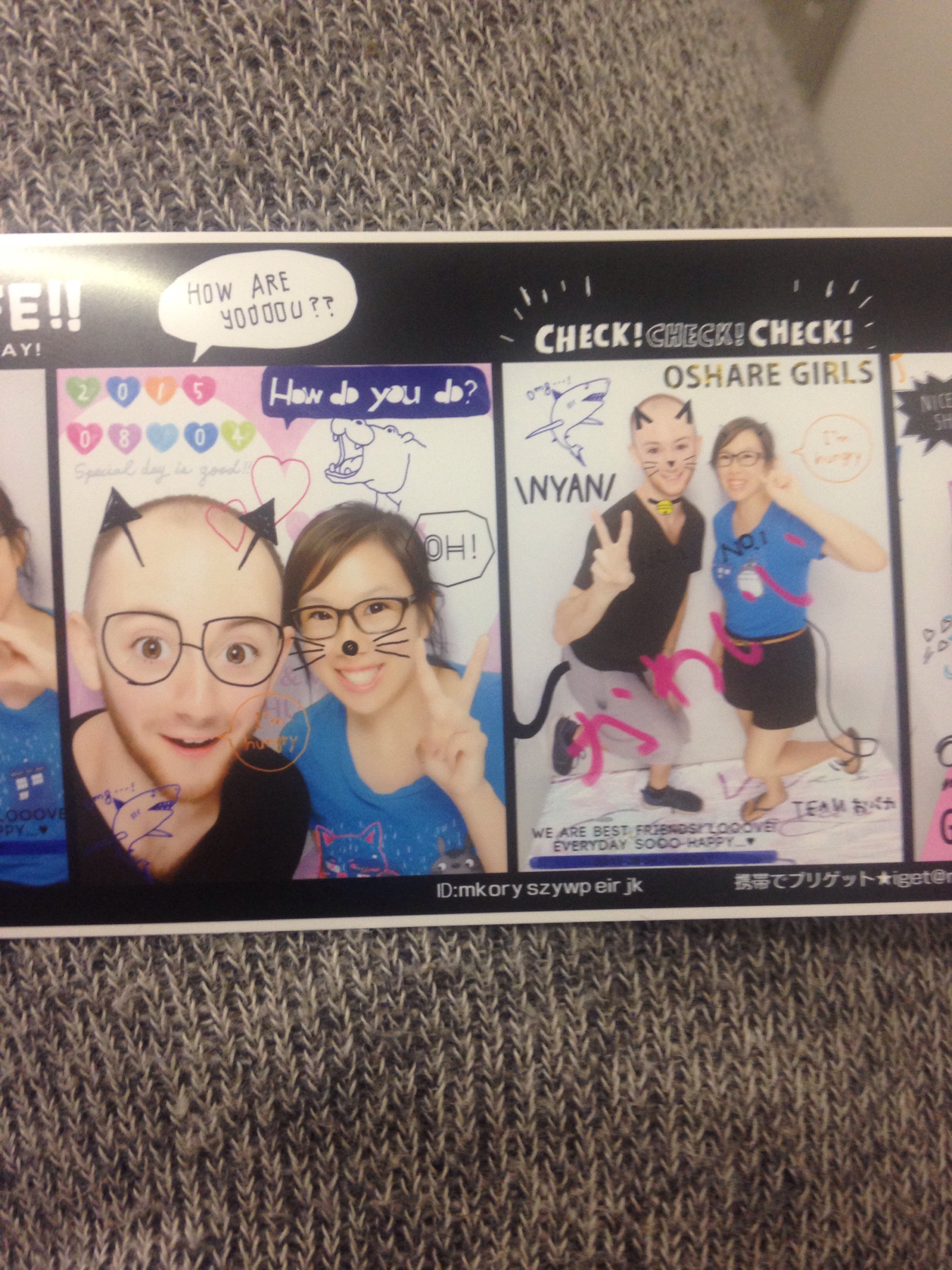



I also played “Let It Go” on this drum version of DDR.
She also explained how popular characters are in Japan– and they have characters for everything. They even have characters that match the name and shape of the prefectures of Japan!
A lot of time here I’m spending in bed. Something is definitely wrong with my body, but I’m not sure what. Yuuki took me to the doctor, which was a surreal experience. Japan is the most compact, most busy, most advertisement-happy country I’ve ever been to. The buildings are huge, as tall as can be, and narrow– especially in some of the crazier bits of Tokyo. In Funabashi, a suburb, it was exceedingly difficult to pick out the “clinic” sign from all the others since my eyes aren’t accustomed to seeing so much Japanese text in such a small area.
We got through the doctor experience without any major issues (he didn’t seem to think anything was majorly wrong with my body– we’ll see).


And then, over the period of about a week, I explored various parts of Tokyo and Funabashi to varying degrees.
Yuuki and Kyoko were going to spend a day in Shibuya, a suburb in western Tokyo. It’s known for its shopping centers, malls, and also for having the largest crosswalk in the country.


A statue of Hachiko also stands stoically outside the station.
The story behind the dog is one some Americans may have heard (I know I have), with the names changed, and I think there was actually a movie about it… A dog, Hachiko, was loyal to his master until the day the man died, and the he stood watch over the grave until he too passed away. It’s a story of loyalty and friendship that many Japanese aspire to as a virtue.
Akihabara is another suburb on the opposite side of the city as Shibuya. Here’s where people (me) can really geek out to the max. But it comes with a bit of a price… This is also where all the creepy pervy people hang out. On every corner, you’ll find a small young woman dressed in a crazy outfit somewhere between a maid costume and a quinceañera dress, yelling in tiny squeaky voices at passersby about deals they can get in their shops and handing out flyers. I was really tempted to get a picture with one of these women, but got too nervous about it. Have I mentioned I feel really uncomfortable filming other people that are with me?



Apart from that, every building has multiple floors with varying purposes. The first floor might be dedicated to toy figurines from anime, the second floor heavy with the weight of a billion trading cards from every franchise know to man, and the next floor dripping with pornographic novels for the people that haven’t figured out how to Internet yet.
There are some pretty great places to be a nerd though.




I wanted to go to the Gundam-themed cafe (Gundam is a giant-robot-manned-by-warrior-person anime from my childhood), where people dress up in special suits and salute you on entering and stuff, but literally as I walked up to it, someone set a sign outside that said “Sorry, no more seats.”
And then, for some reason, I decided to hit as much of Tokyo as I possibly could in one day– the day before leaving for Iwate (northern main island prefecture) to see Kyoko’s family.
Tokyo is at lest easy to navigate after some memorization of the map and a lot of searching for English words that make reading the kanji easier. A one-day unlimited-use metro and subway ticket will set you back 1,000 yen ($8.50 as of August, 2015) which, considering a one-hour train costs upwards of $50 in this country, is a really, really good deal. If only I’d woken up before noon.
(つД`)ノ
Whatever. Mornings are for people with jobs. Am I right?
Ueno is a really interesting suburb–
Actually, let me interject for a second about that.
Tokyo is unfathomably huge. It’s way more ridiculous that New York City, it’s bigger than Bangkok, and somehow continues to retain the element in Japanese culture that pervades so much of interpersonal relations. It is clean (you know, mostly), it is orderly, it is polite, grand, as functional as any German city, and somehow so modern it’s on the bleeding edge while still containing all the temples and little hole-in-the-wall food stores to make it feel like you’re not actually on an alien world of buildings that blot out the sky. Whew.
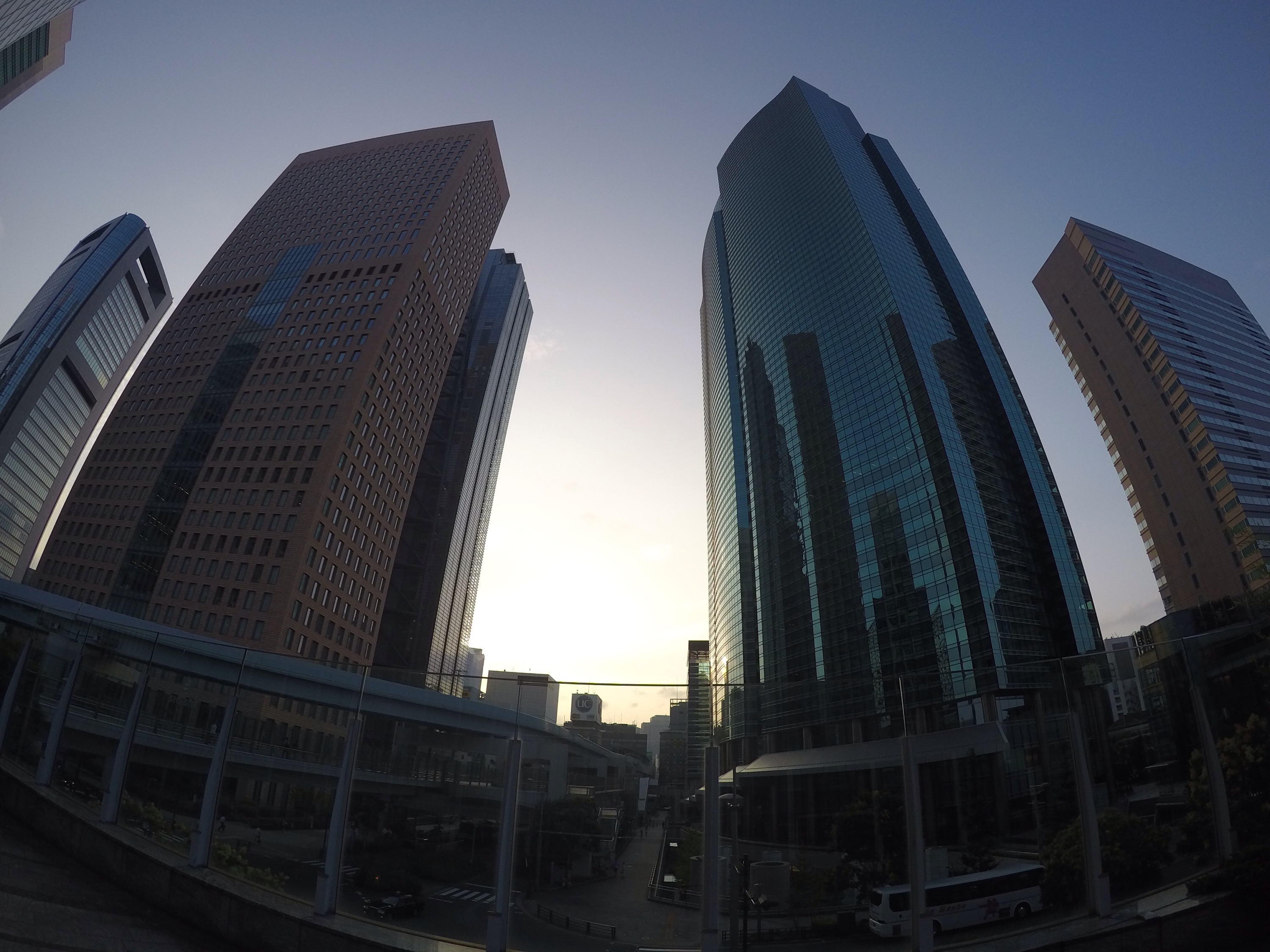

So, when I say “suburb,” I actually mean it was an entire city before being absorbed into the growing monstrosity that is Tokyo. So, back to Ueno.
Ueno is a cool suburb. There’s a few food streets next to the station that are busy all day, plenty of western options and fast food to soothe your homesickness, and some really great street food.
Further along, the Ueno park is big enough that you can escape the feeling of being in the city without having to actually visit nature (Ew, bugs! Ew, outhouses! Ew, green things!). There’s a little shrine where you’re not supposed to take photos, which I found out after taking a photo of the sign telling me not to take photos, and it’s really close to both the Ueno zoo and the National Museum.
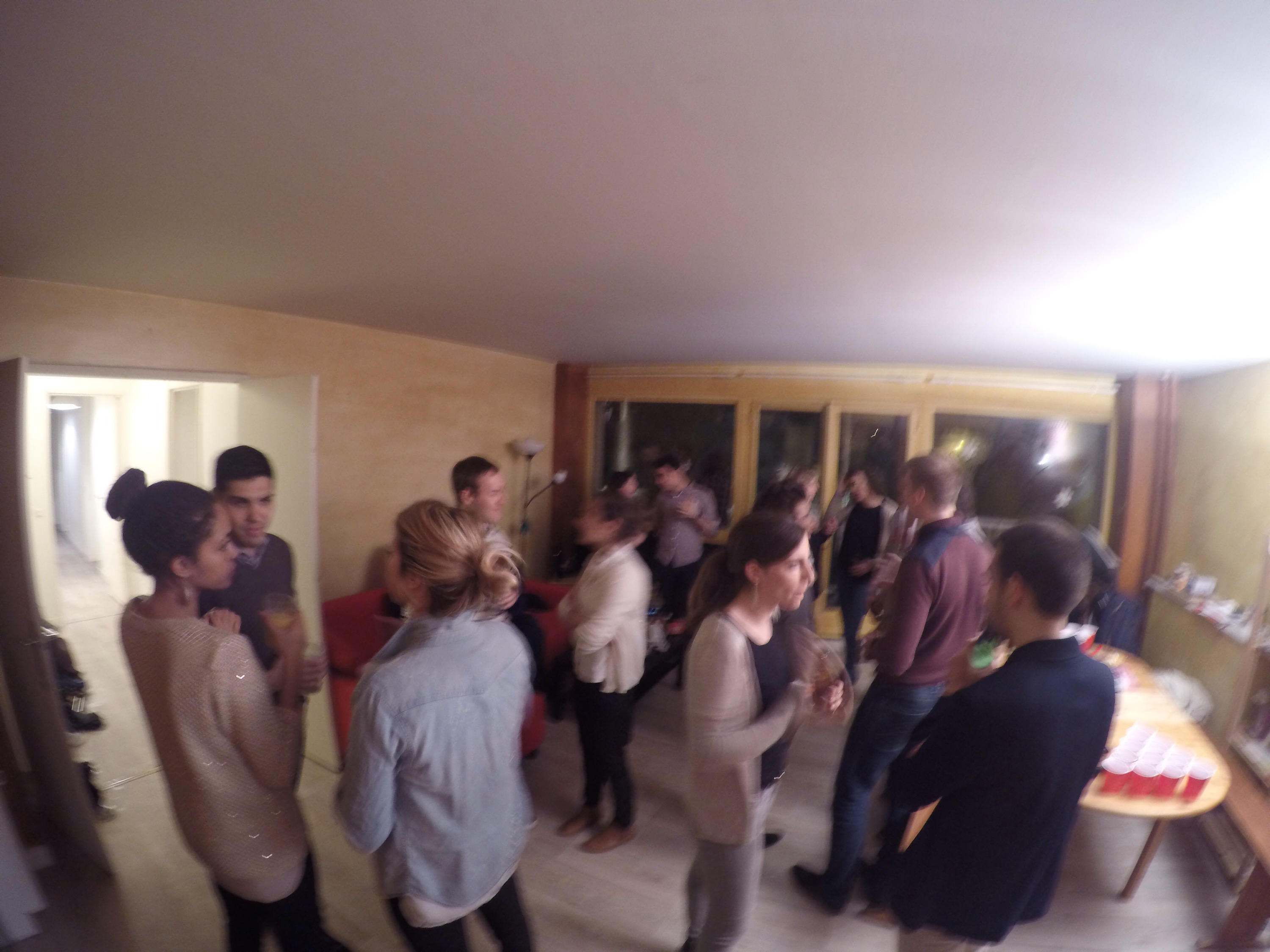
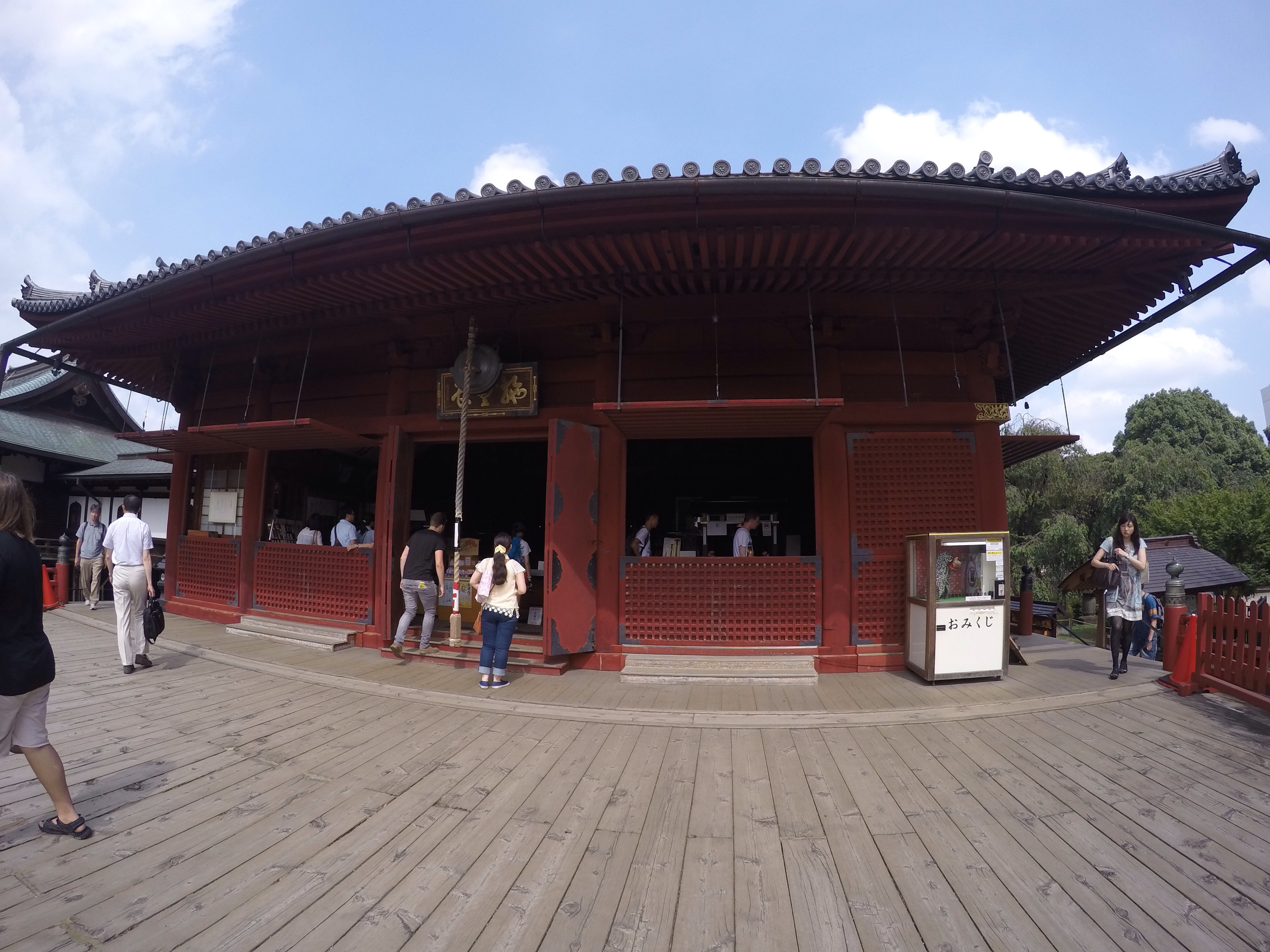
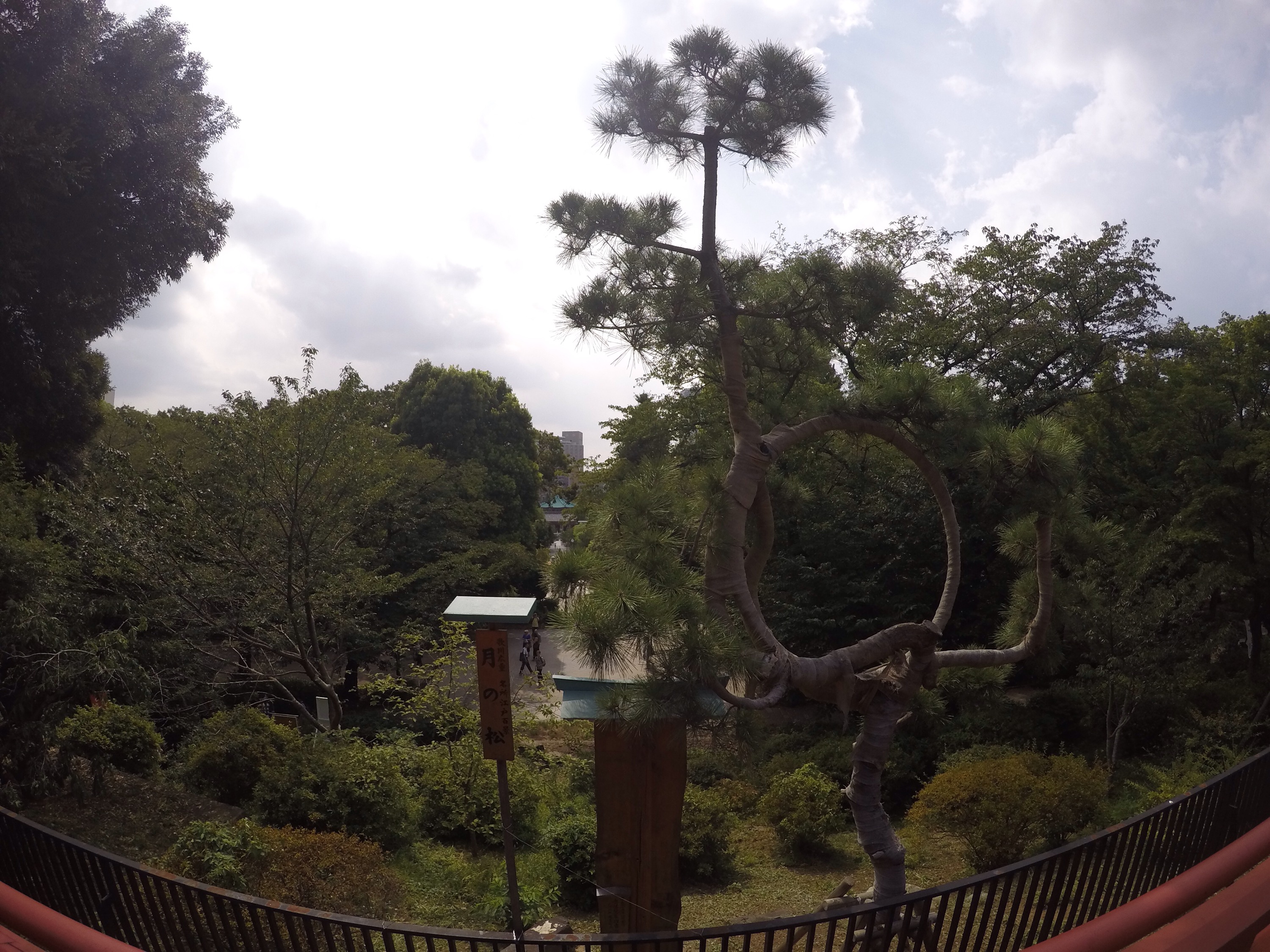
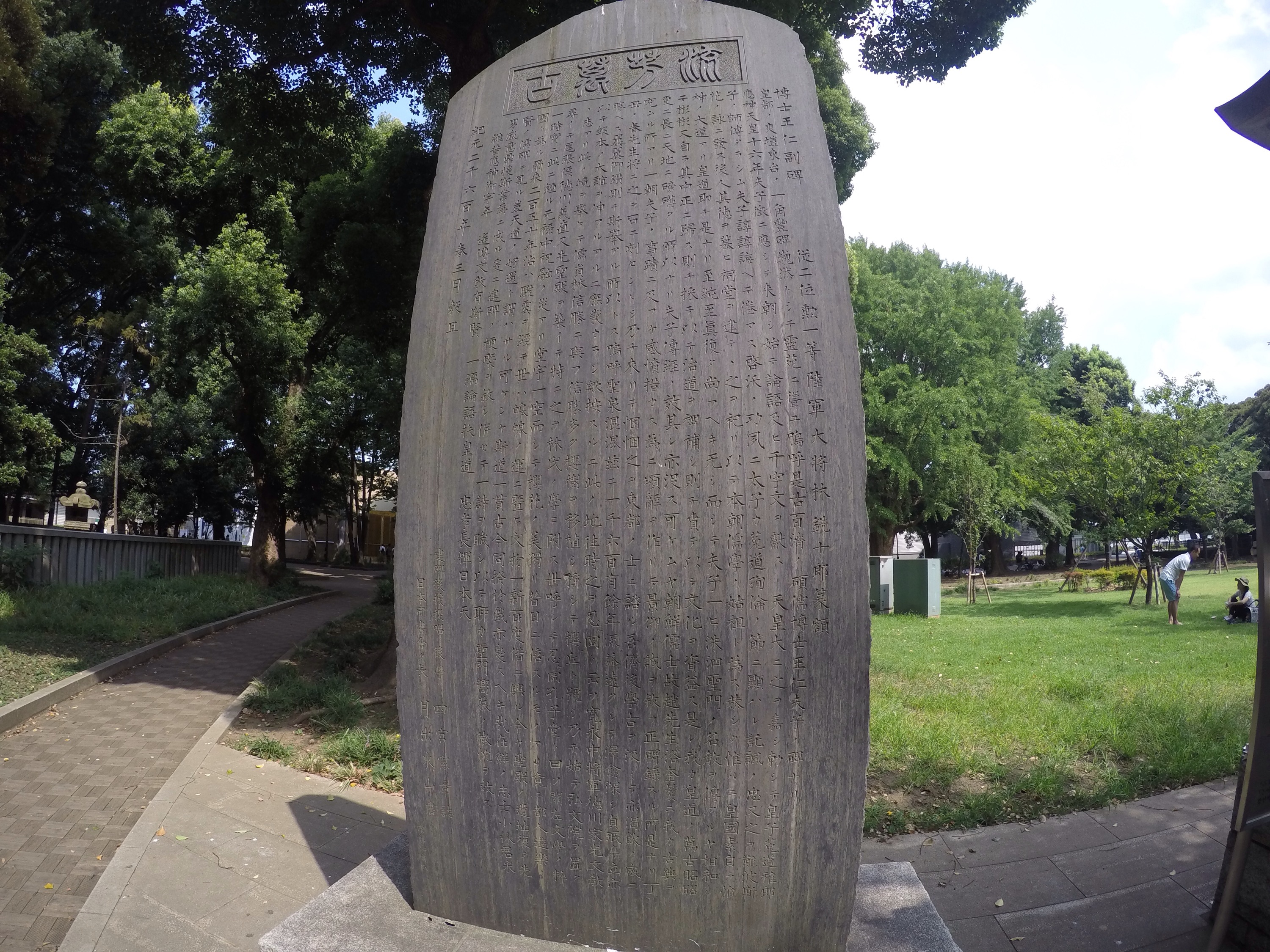
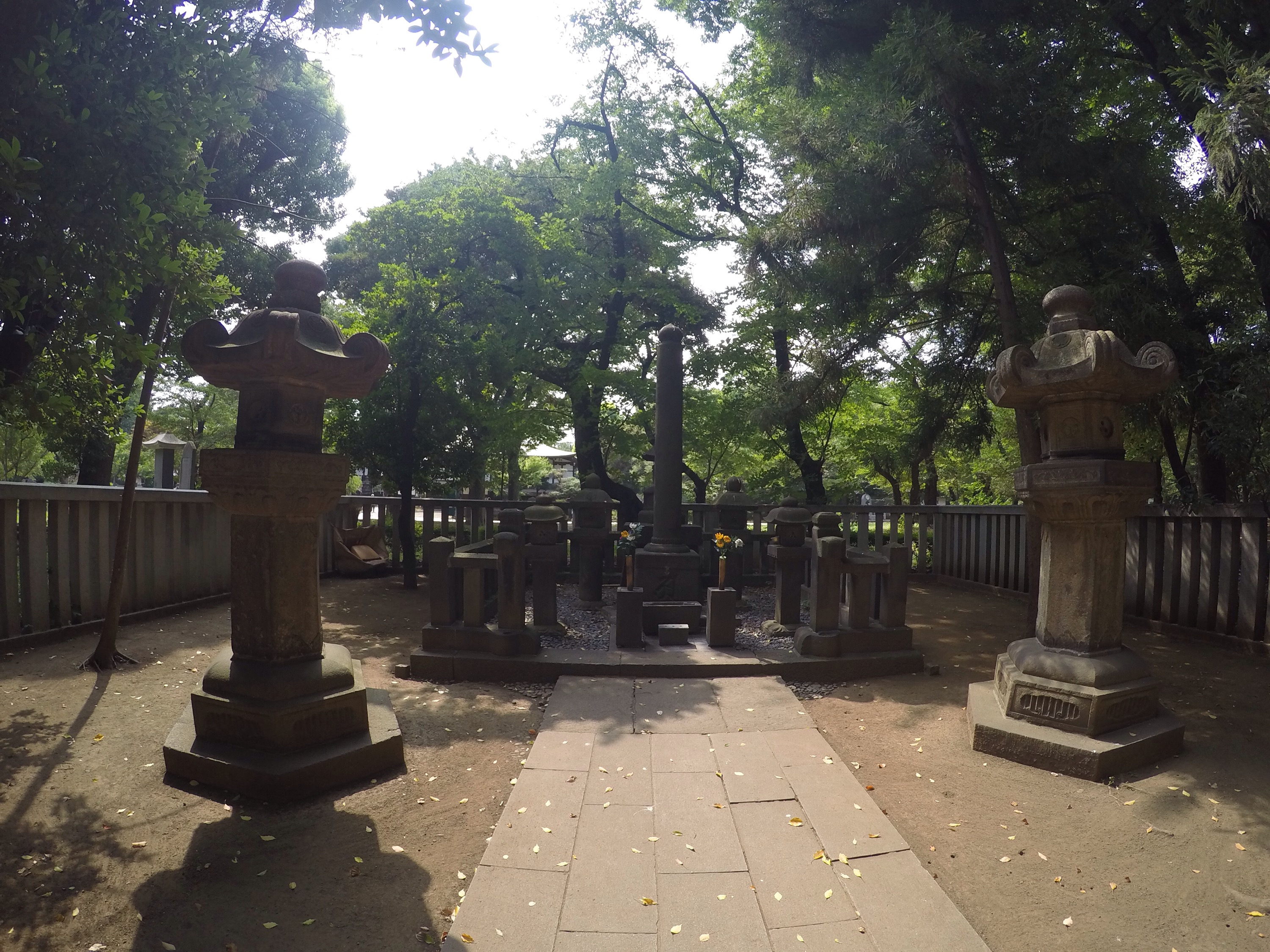
The zoo wasn’t going to fit into my schedule, but I could take a hour or two for the national museum, which was also nice on my wallet at ¥420 / $3.50 for university students (they don’t check your ticket anyway to see if it’s the right one, and you can get them from vending machines– you can get ANYTHING from a vending machine here).
The museum is home to some really cool pieces of art, and there’s just enough English for people who don’t speak Japanese to pick up on the history and meaning behind the major exhibits. It’s not a very big museum if you’re only going for the Japanese stuff, but there’s a whole other building with everything imaginable form Asia and Egypt (mummies!), as well as a building specifically for special exhibits that change with the seasons.
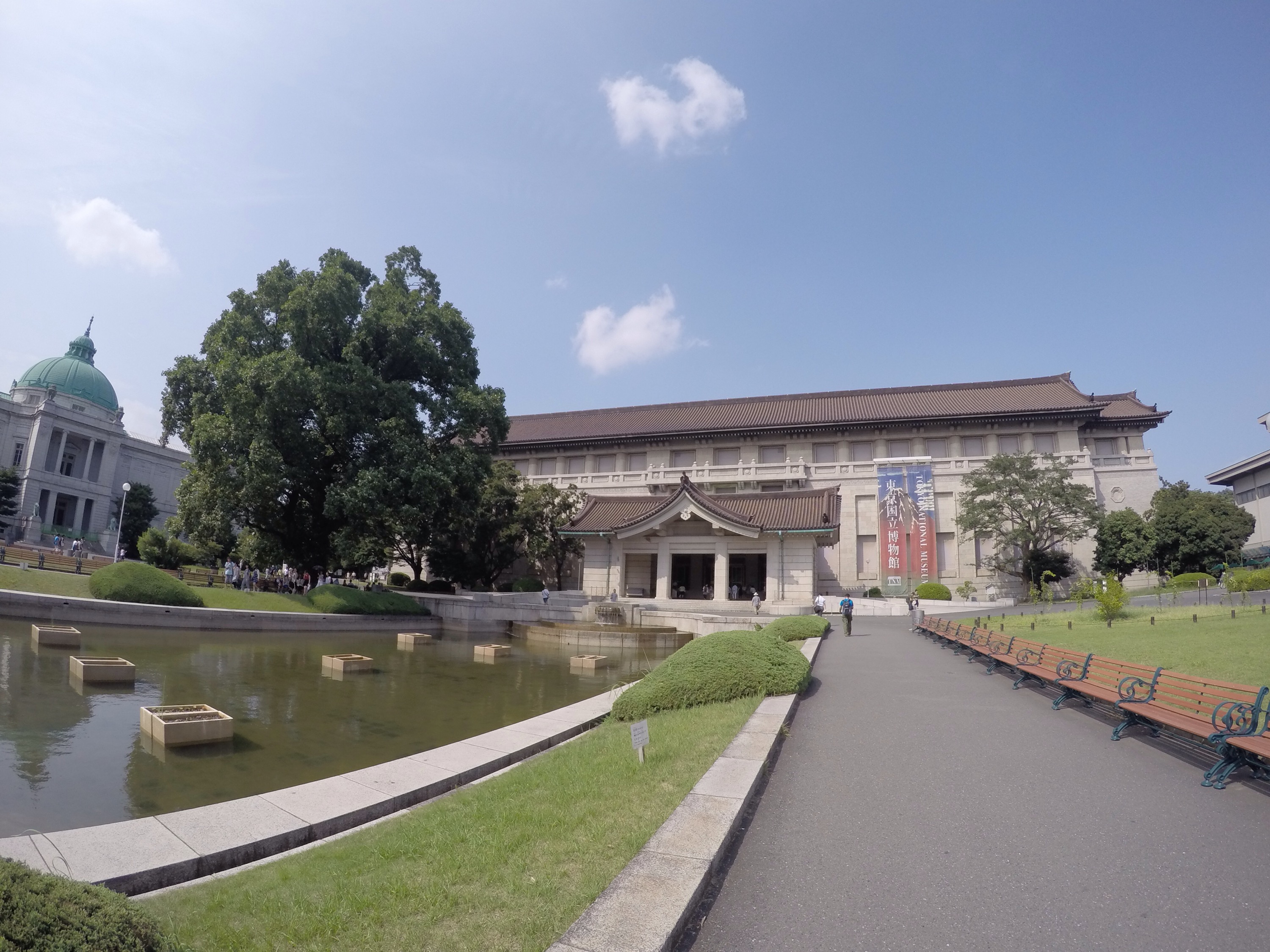
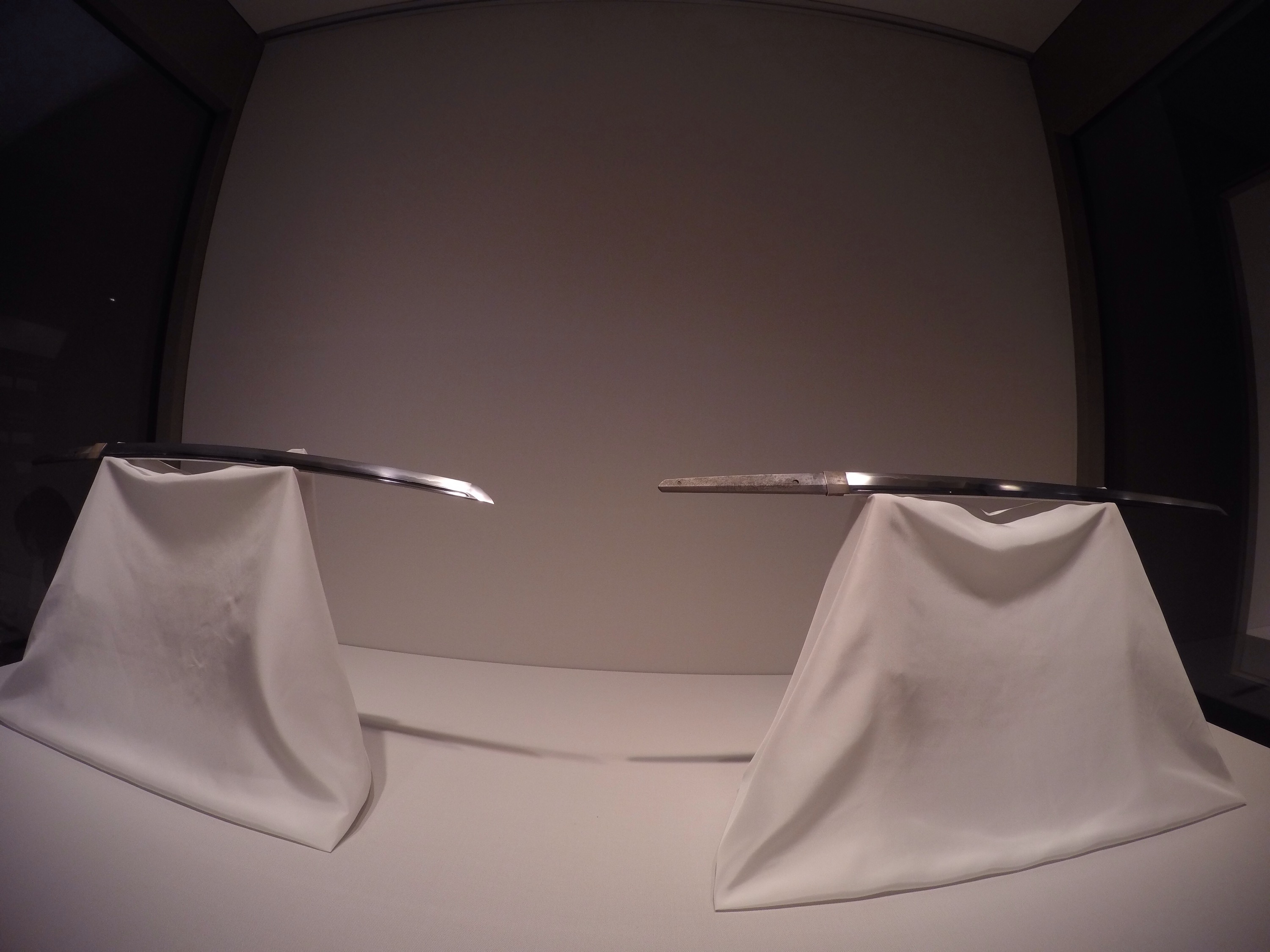
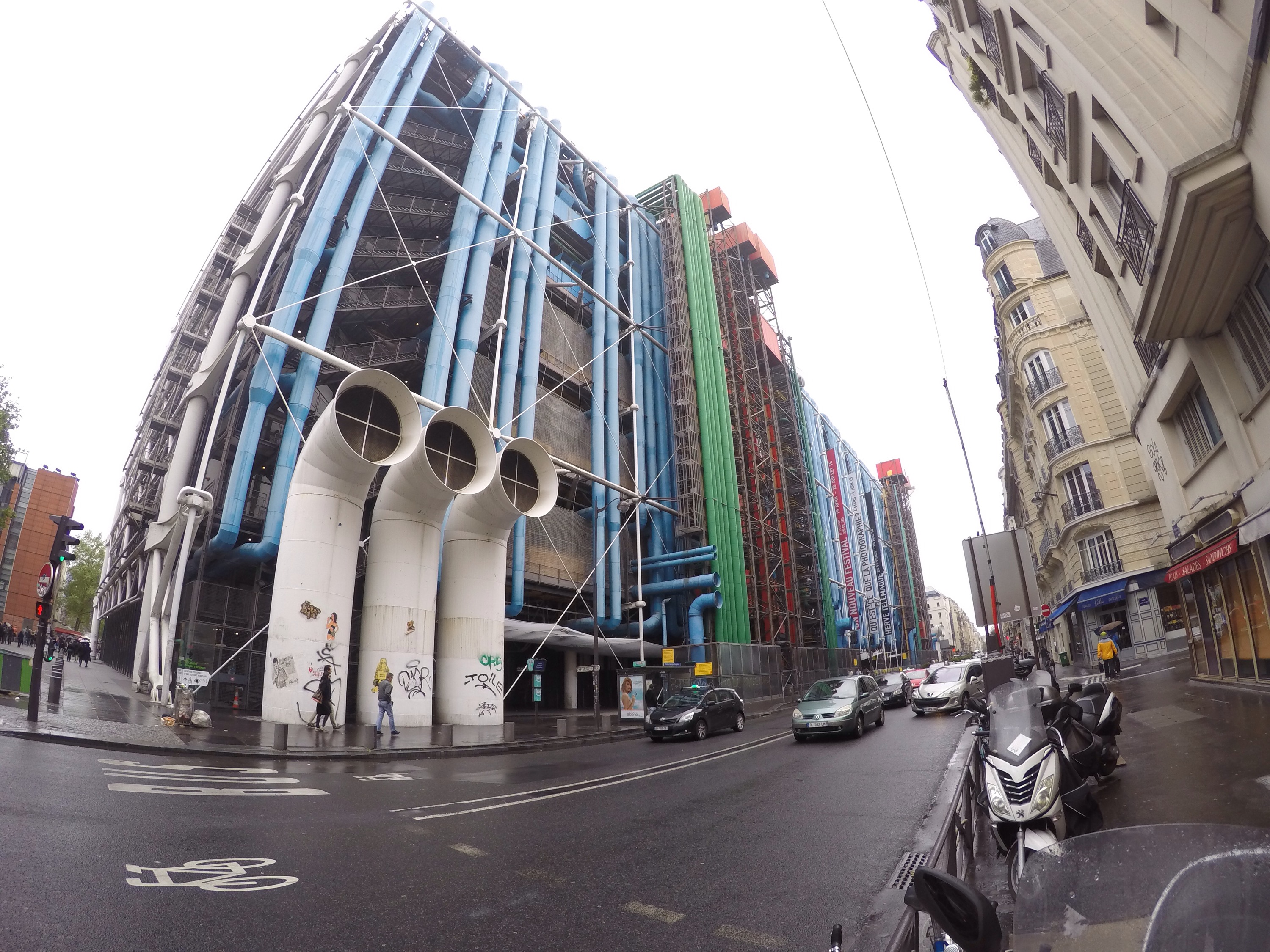
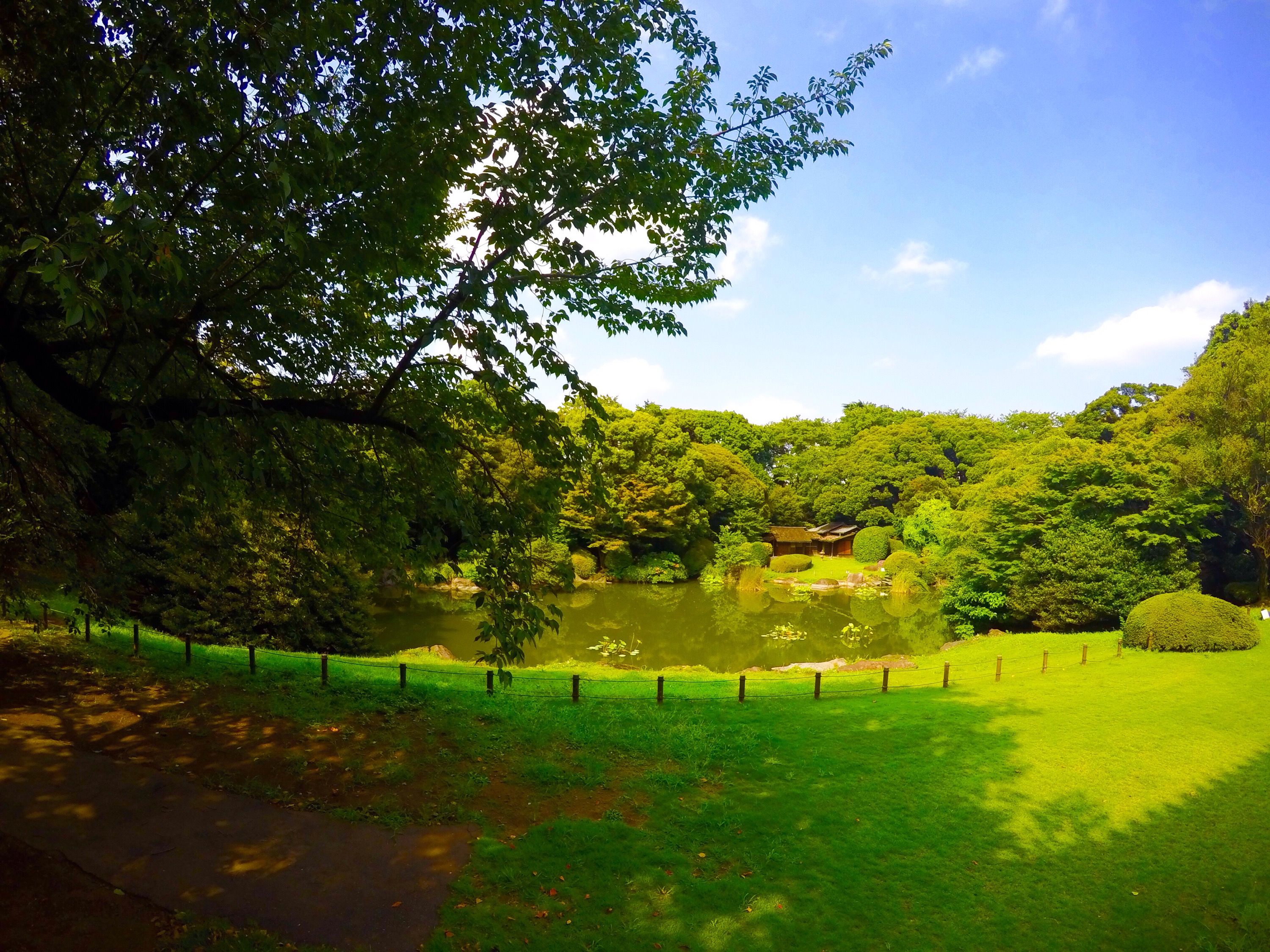
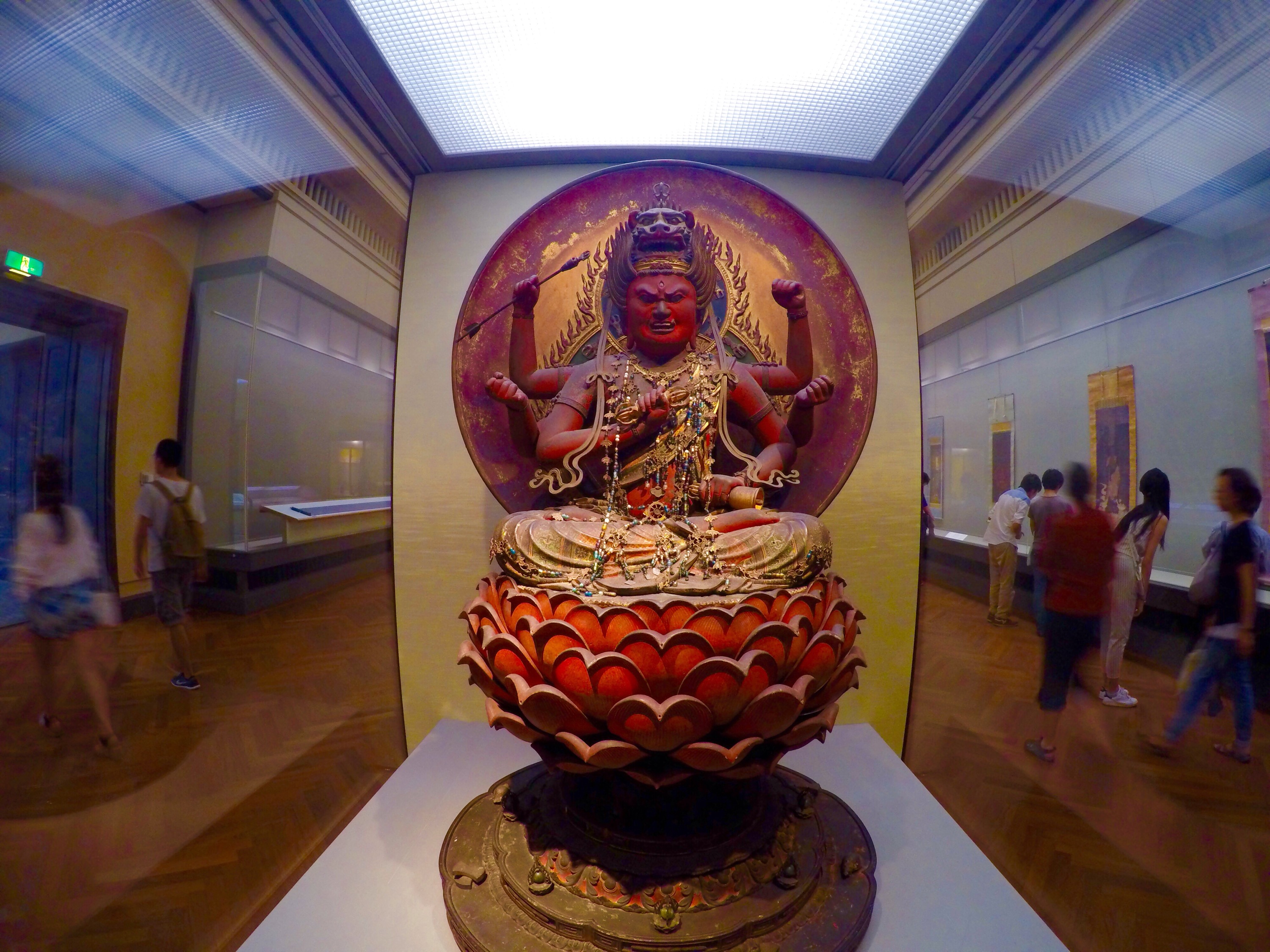
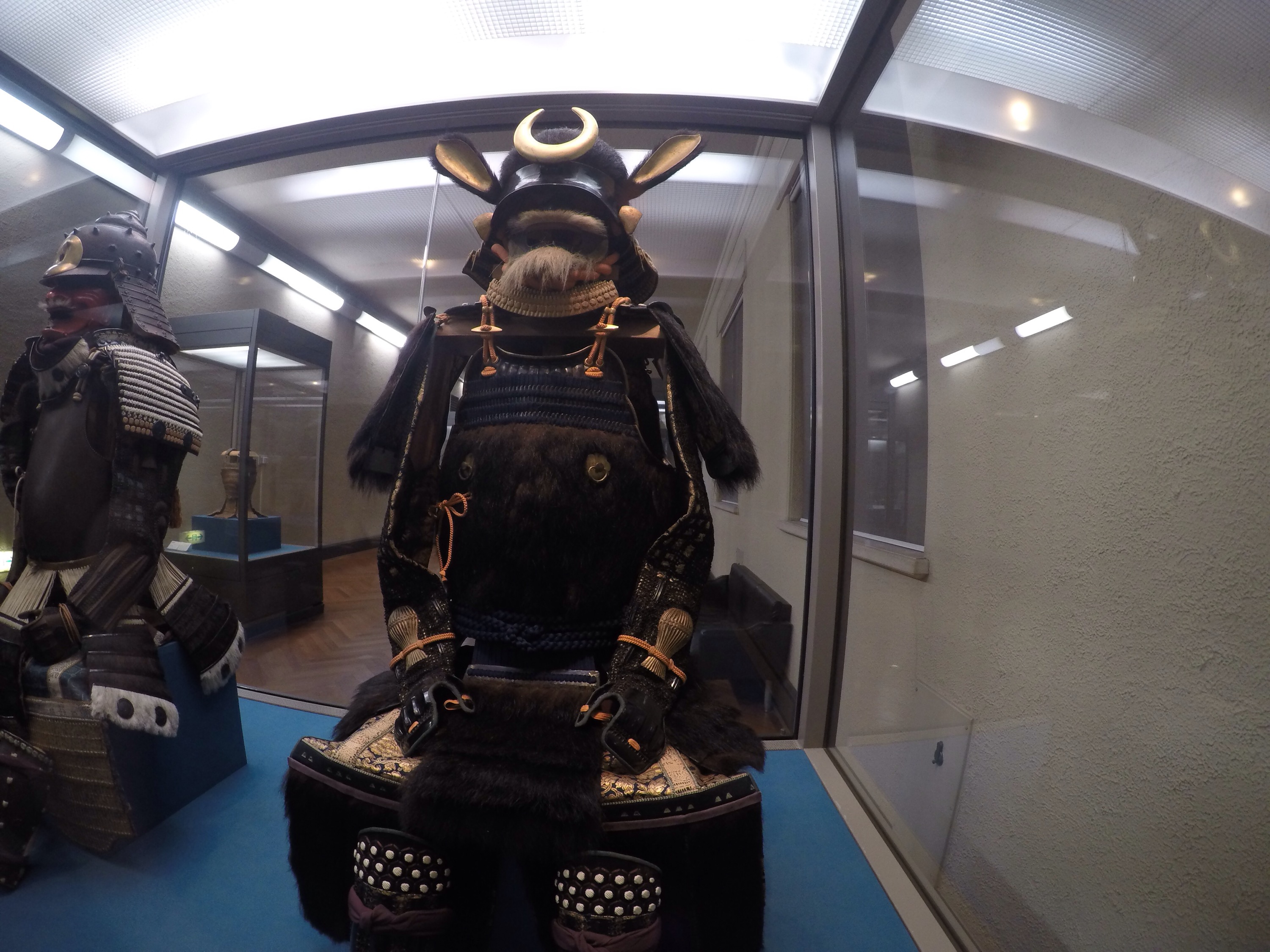
At this point, I took the metro only a few stops over and got totally lost. The nice thing about Japanese people is that they, more often than any other people I’ve encountered, go out of their way to help foreigners. Enter Obaa-san (Japanese term for older women). I was staring at my metro map and at the overground map in front of me for not even thirty seconds, and a woman half my height and three times my age (if a woman is three times my age and has half a dozen eggs, how many years will it take her to come up with a word problem?) walks up and asks in a raspy, yet gentle voice, “If I were to help?”
“I’m trying to get to Sensōji.”
“Your Japanese is good!” she replied. Way more than I deserved after one poorly strung-together sentence but it still makes me feel fuzzy inside. “I’m going here myself. It’s this direction,” she said, bowing her head so that her hat, complete with a brim eight times the circumference of her head, obscured the upper half of her body from my vision.
She walked me all the way up the stairs and down the street, telling me about her life (only bits of which I could actually understand, but I kept nodding) and then dropping me off at the end of a long path of little shops leading up to the gate of the temple and wished me well.
I kept thinking how odd it was that I hadn’t seen any foreigners (except for a group or two in Akihabara)… until I got here. There were so many people buying their screaming children ice cream, looking at yukata and kimono that were eight times the price they were just a few metro stops over, and selfie sticks. Selfie sticks for DAYS. For MILES. For… You get the picture.
Hah! Puns!
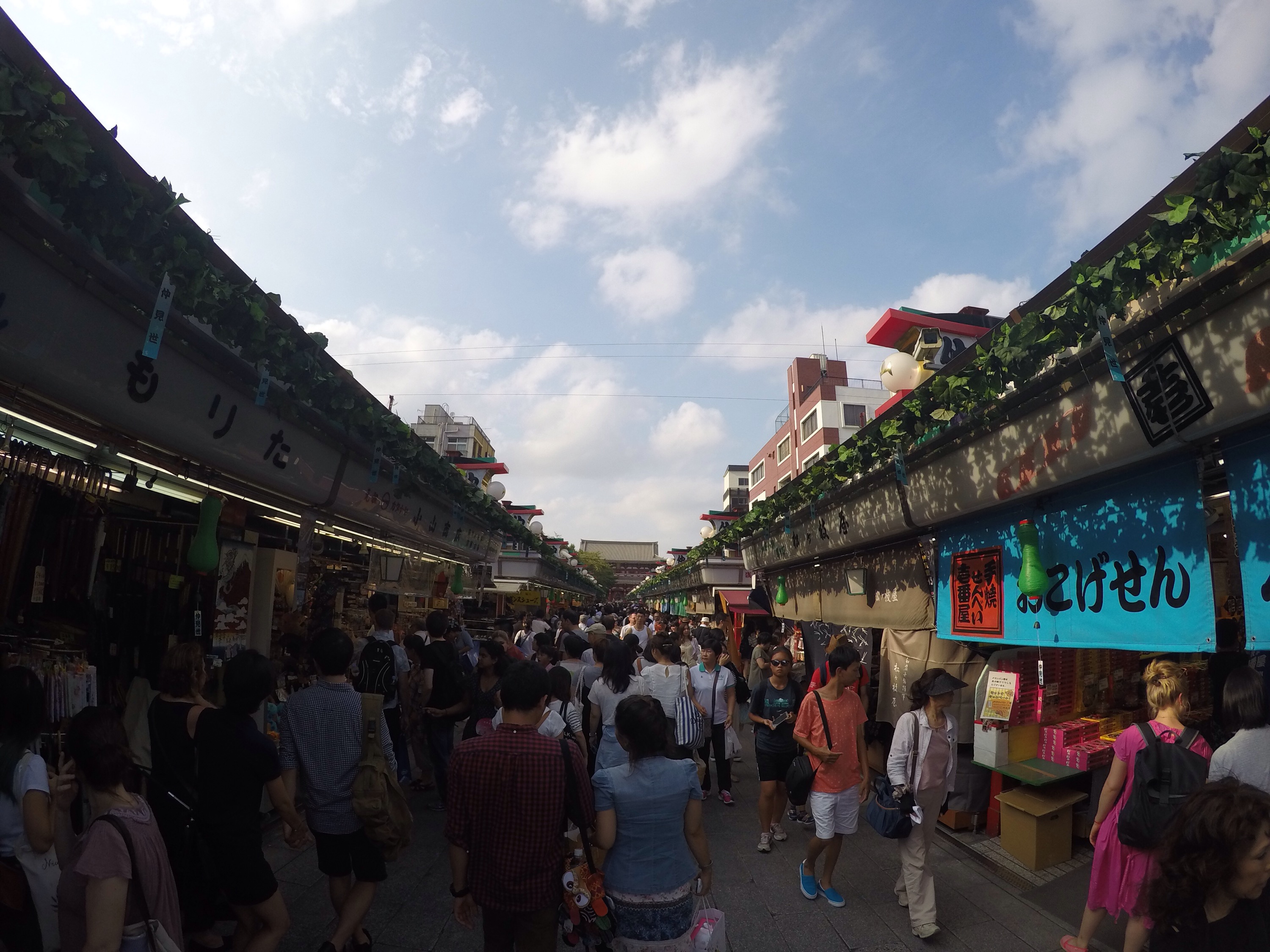
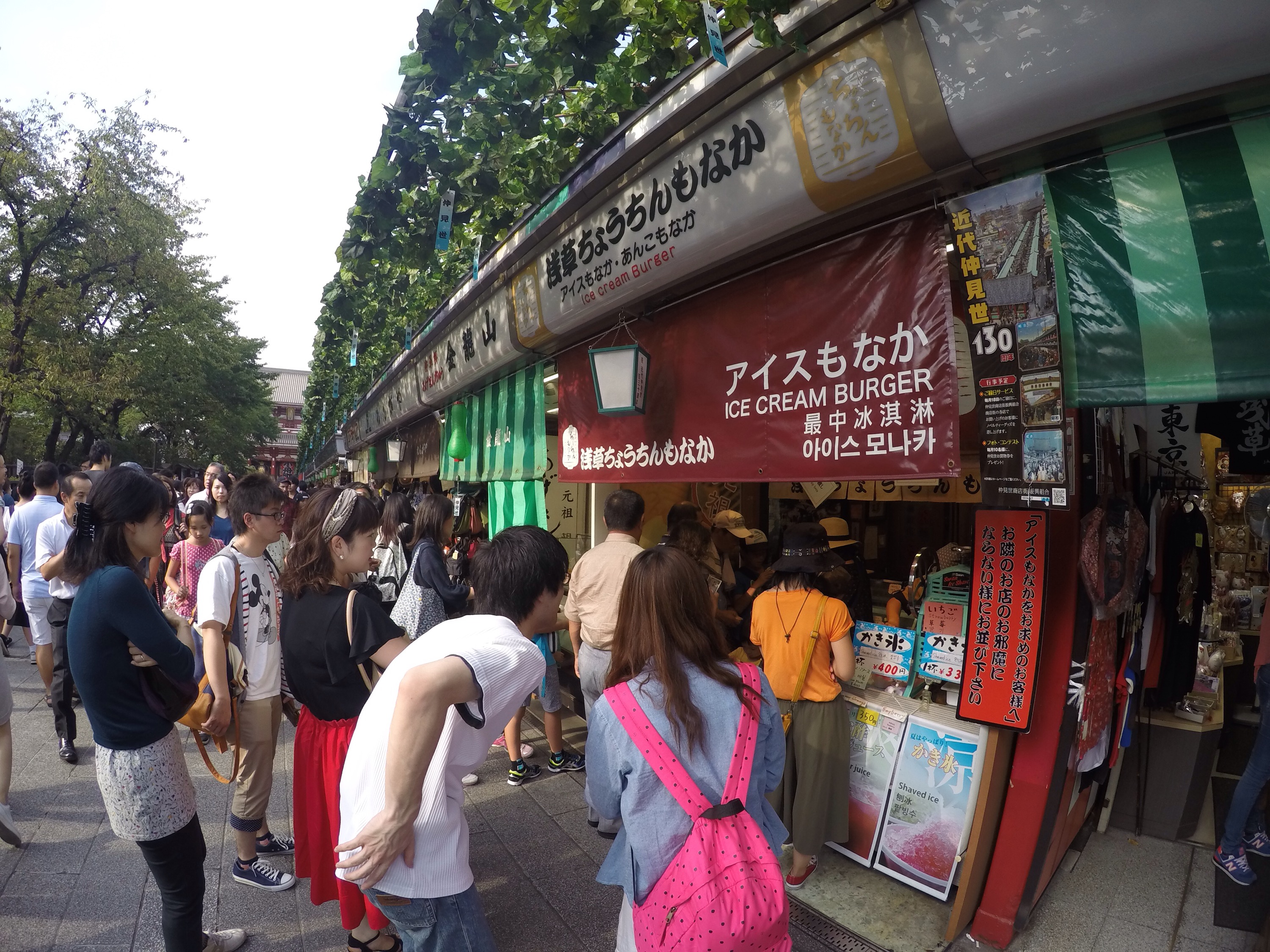
Japan is a primarily Buddhist country, imported mostly from China prior to the ninth century, so it’s had a lot of time to take hold and become its own thing. The Japanese architectural and artistic styles really started to diverge from that of the Chinese in the 12th century onward. Sensōji is a temple that was built way back in the 7th century and has remained an important religious monument since then. Actually, you can read the story here:
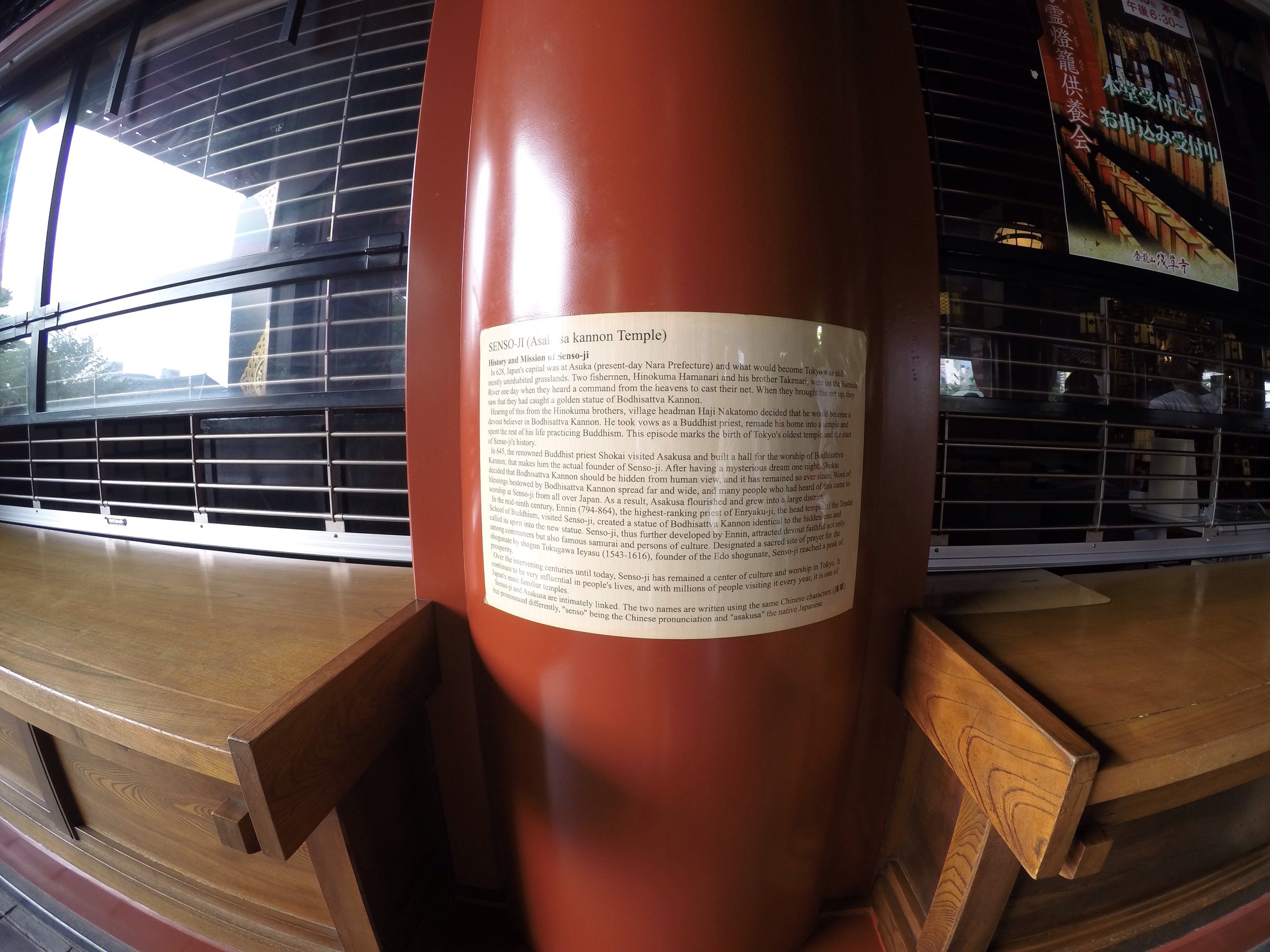
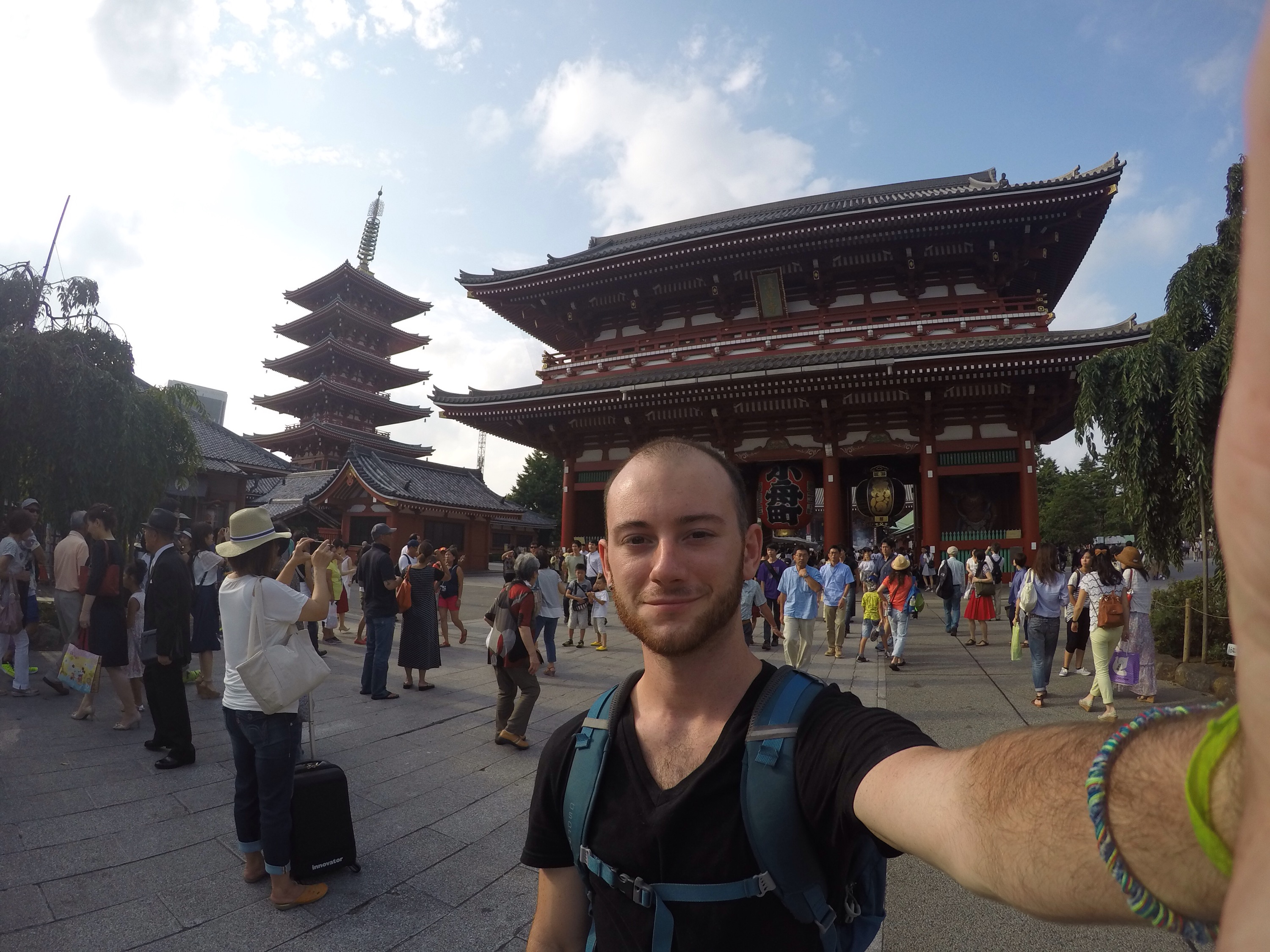
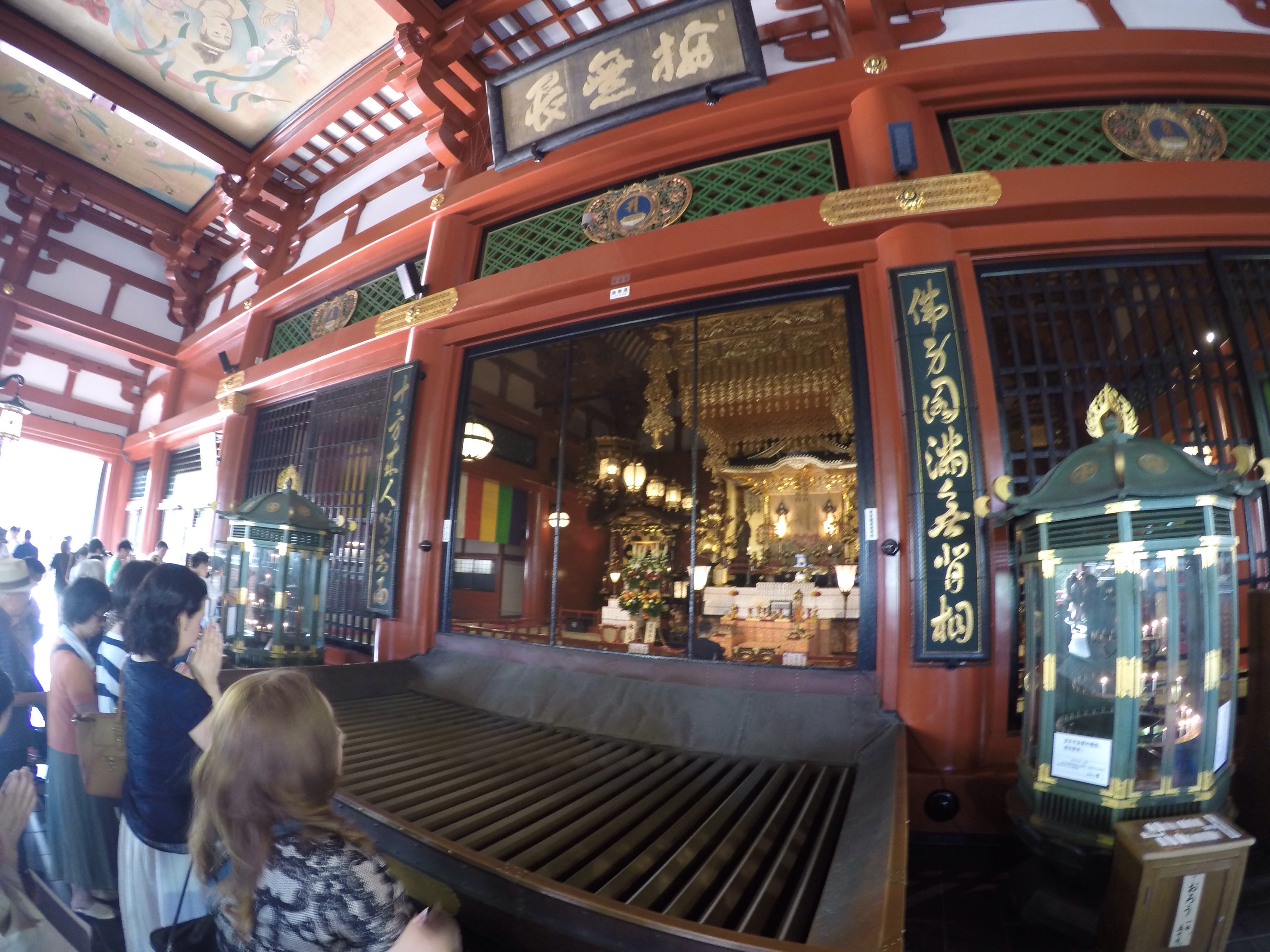
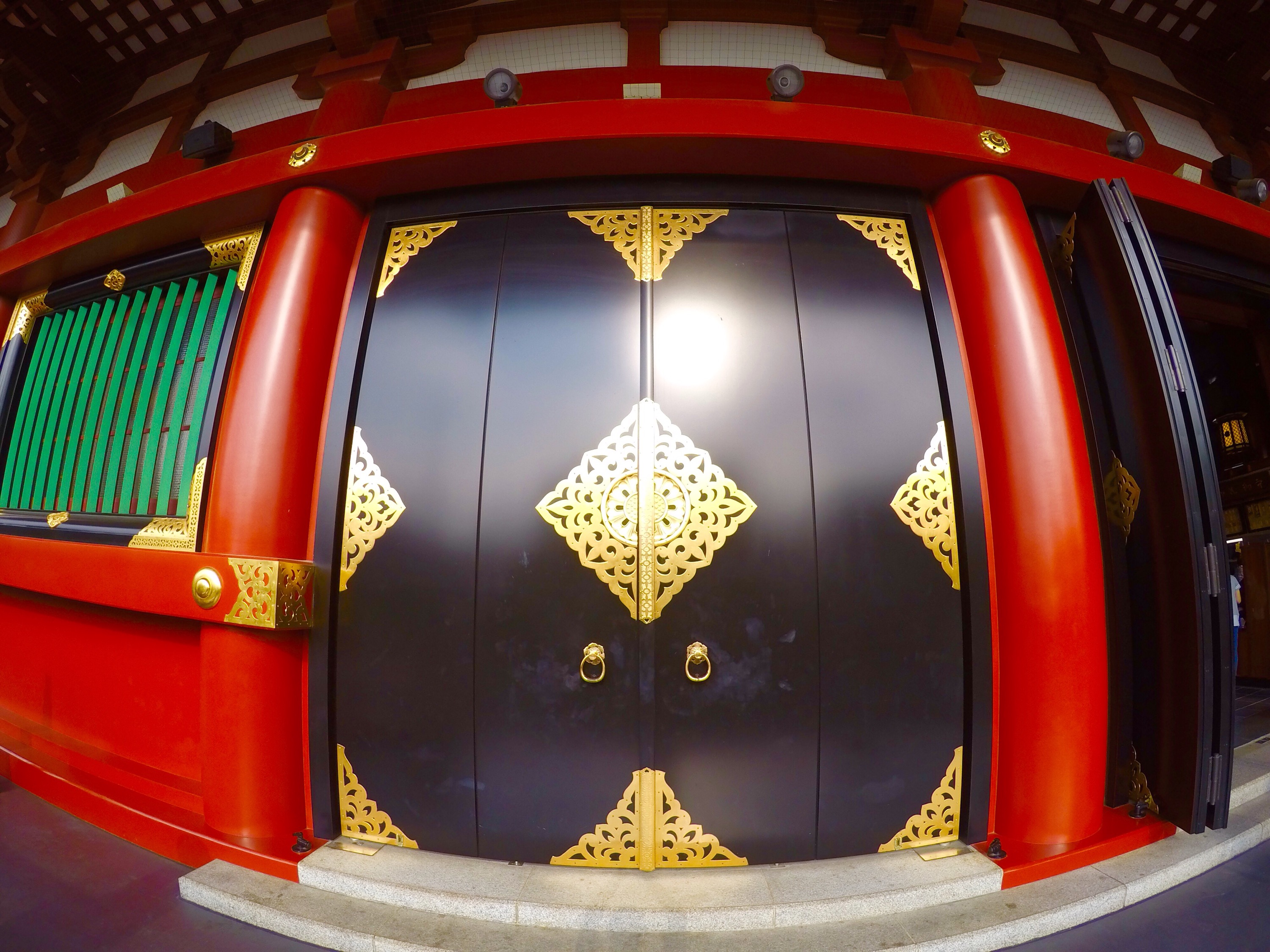
If you want to spend all the money you’ve ever saved in just under eight minutes, go to Asakusa, the district I which Sensōji is located. In order to cater to the huge amounts of tourism that flood through Asakusa, many shops and food stalls are open all day long serving up the most expensive street food I’ve seen anywhere in the world. All the merchandise– fans, kimono, toys– are similarly overpriced.
From here I headed down a shopping street and back around to see if I could catch a ride on the river taxi to get to the bay– no such luck.
Everything was already pre-booked for the next few hours, so I took the metro instead and tried to get to a large, popular public park to see a fireworks festival. A ton of people in Tokyo all day had been wearing their yukata with perfectly tied bows and wooden sandals that made clip-clop noises exactly like horses as they walked down the street. Unfortunately, they wouldn’t let me into that either, and had closed the park for the whole day to let people who had pre-booked tickets (the Japanese must love to pre-book things, apparently), so I resolved to at least see the buildings of Roppongi Hills before going home.
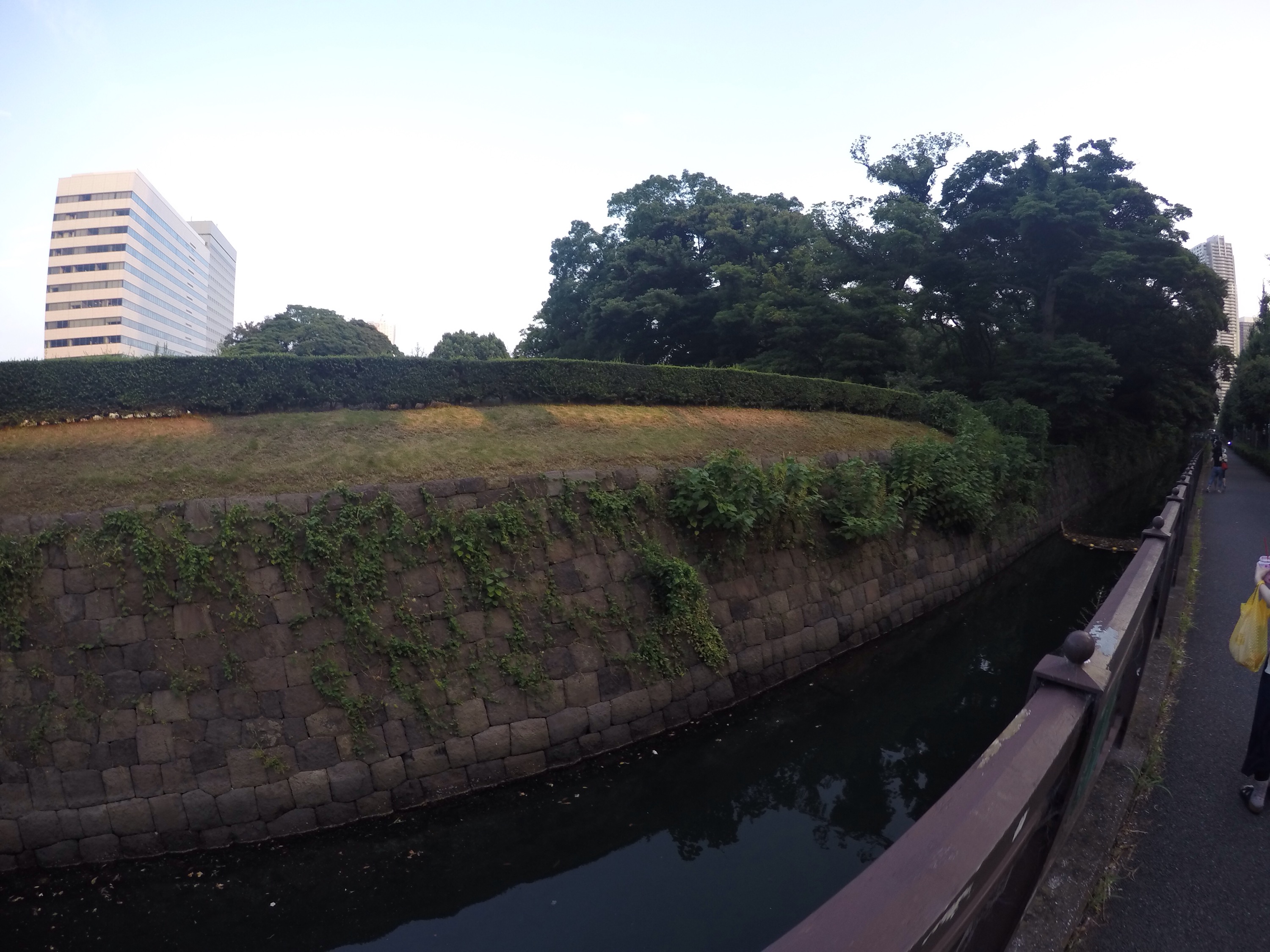
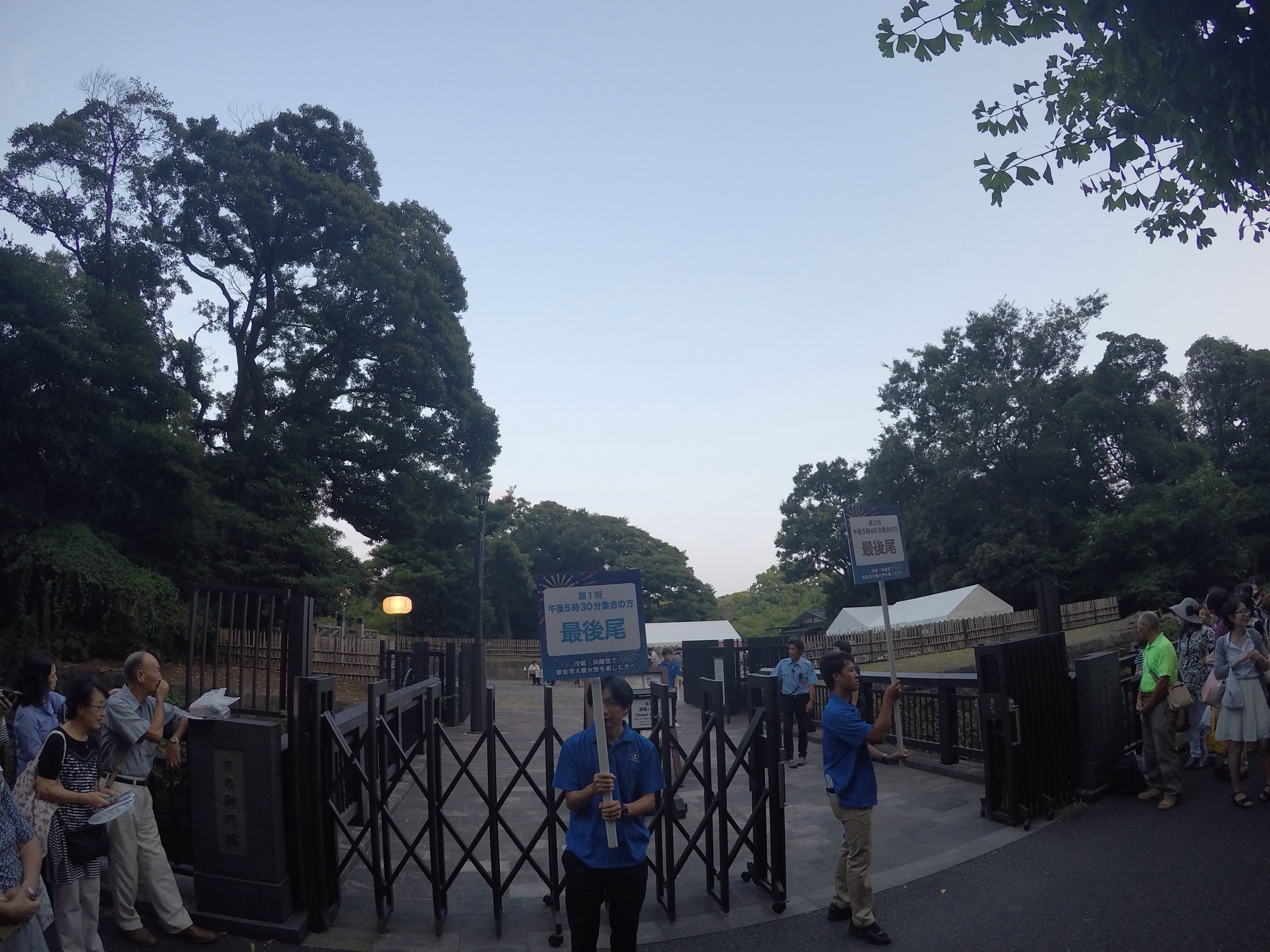
Roppongi Hills is a cool, nerwly refurbished city in Tokyo. The buildings were designed by a famous Japanese architect who also attempted to make the city as functional as possible, including a giant building in the middle with shopping centers, supermarkets, a movie theater, and outlet stores all rolled into one so that people wouldn’t need to use so much of their time commuting.


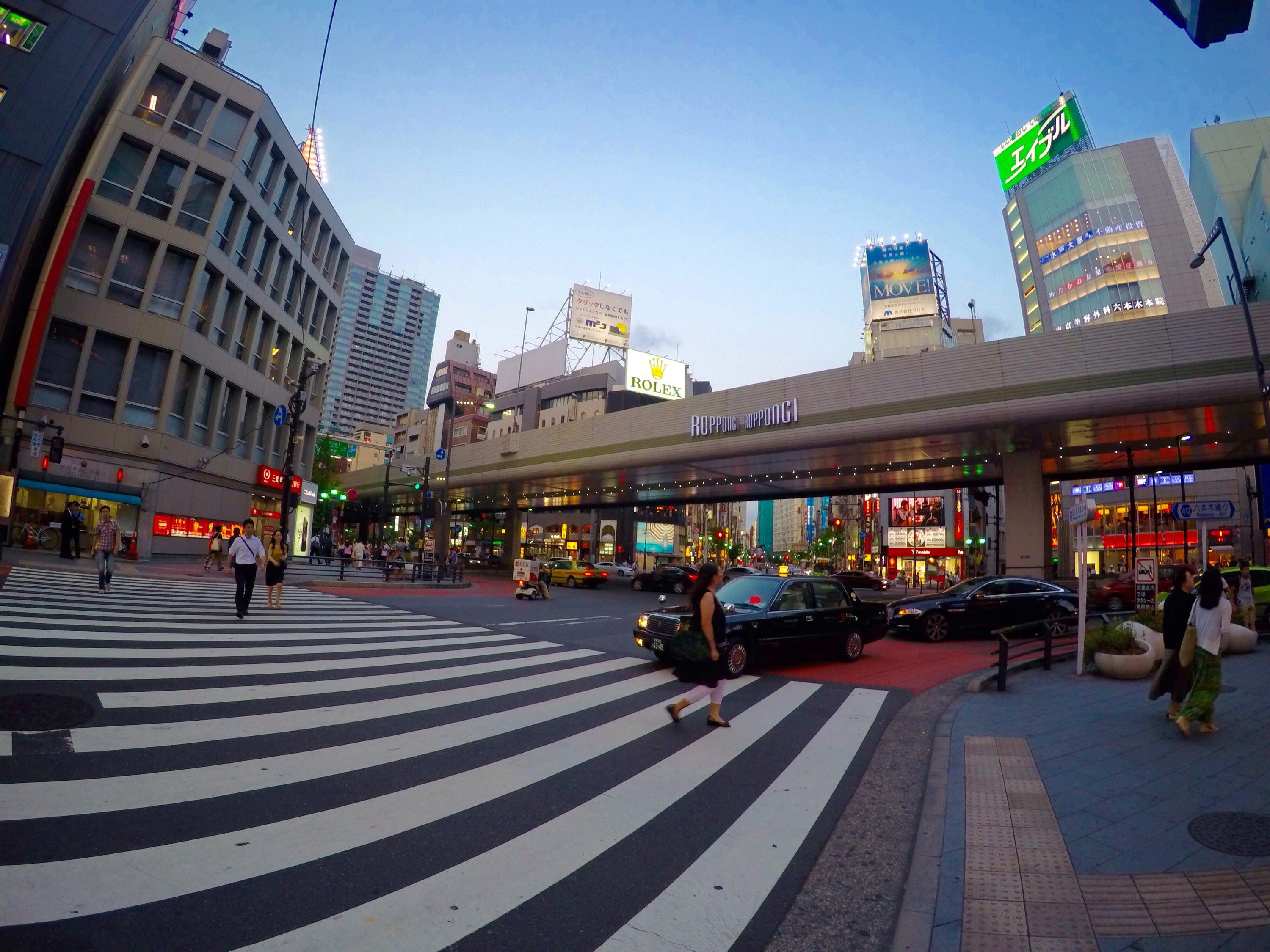
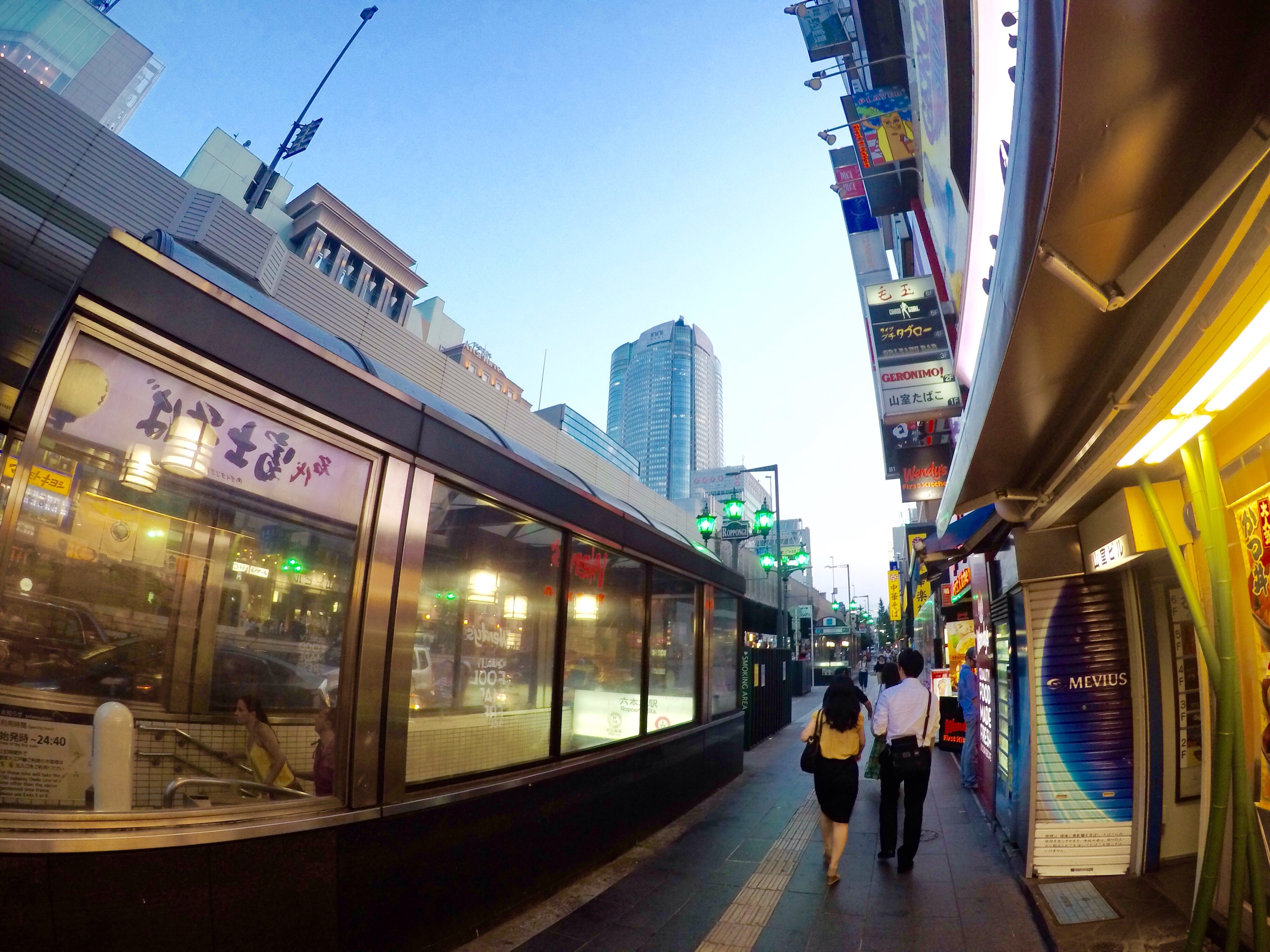
Yukon suggested a ramen place called Akaren, which also had fantastic gyoza (dumplings). If you ever eat ramen in Japan, don’t forget to ask for a noodle refill for ¥150. So worth it!


I didn’t do a whole lot of sightseeing in Roppongi, instead electing to see the live action Attack on Titan film. Gotta nerd out while I can!
And then I took the last train out of Tokyo, finally making it home just in time to pack and plan a 14 hour train journey before leaving for the station.


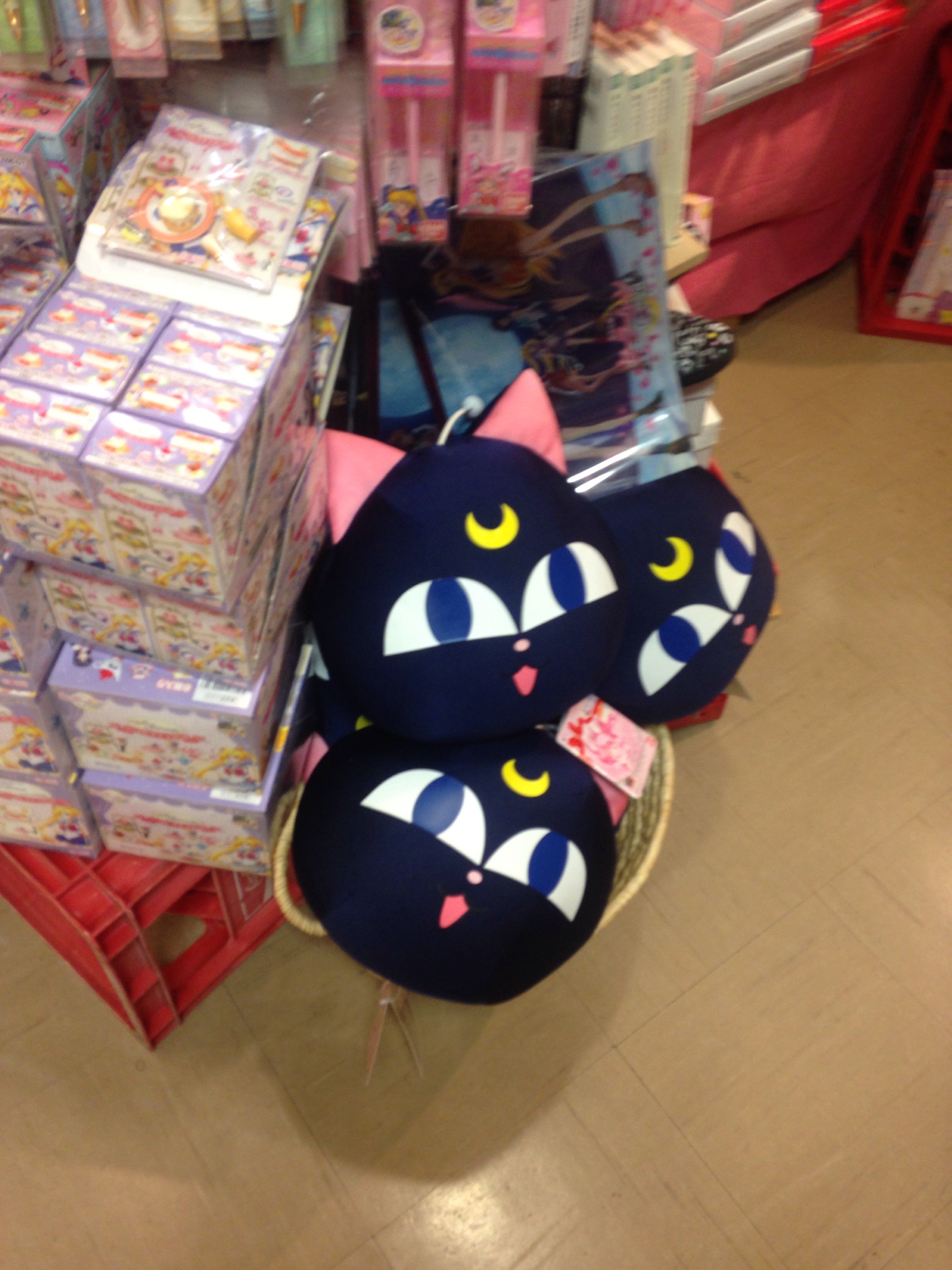




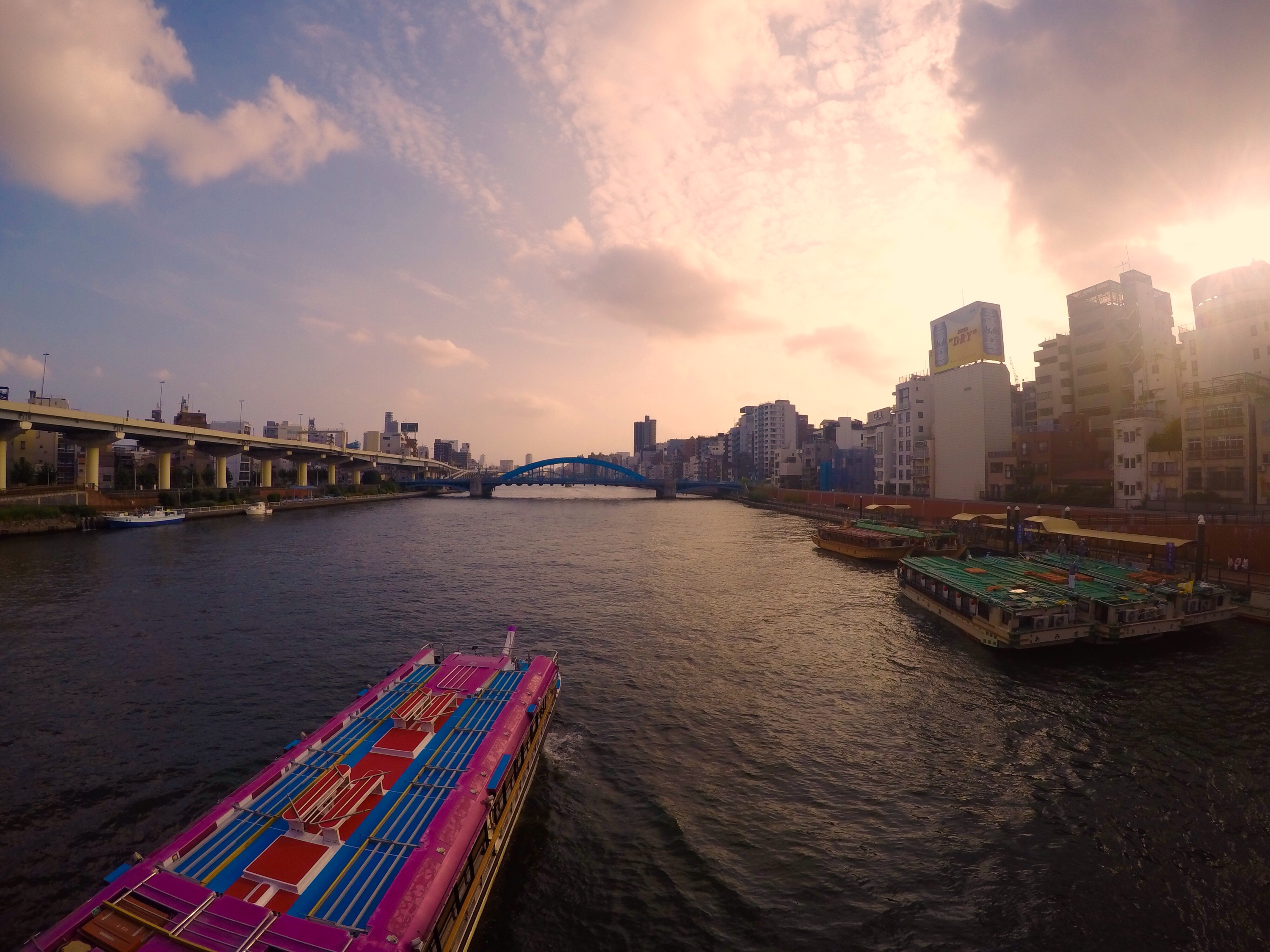
One response to “Kawaii desu ne?!”
AWESOME, AWESOME, not to mention AMAZING stories AND pictures!!!! Love you, G’ma